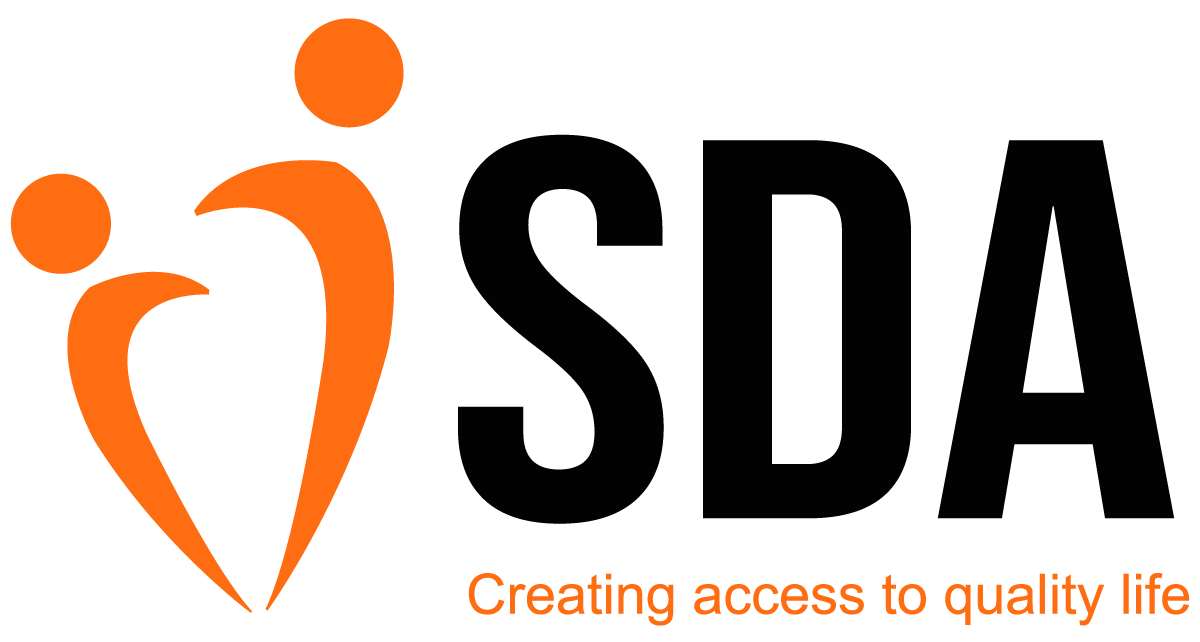Homestead Food Production Program (HFPP) Jibon O Jibika (J-O-J) Project
SDA implemented the Homestead Food Production Program (HFPP) with Helen Keller International (HKI) and Save the Children-USA under Jibon O Jibika (1-OJ) Project. We implemented this activity among eight Unions of Patuakhali Sadar Upazila from June 2005 to March 2010. The targeted beneficiaries of the project are low-income households, as represented by women with children under age two, who are landless or marginally landless. We consisted of 40 Village Model Farmers (VMFs), 2400 women Household Members, 200 Ultra Poor, 200 Small Farmer, 18 Vaccinators and 300 Marketing Groups Members in our working areas. There are 60 households are of one VFM.
J-O-J promoted year-round vegetable gardening techniques and non-traditional nutrient-rich vegetable varieties such as carrot and yard long beans; provided training on improved poultry management techniques and market information; facilitated the formation of marketing groups to encourage collective marketing and developed poultry vaccinator to crate easy access to vaccination services in the community. HEP participants preserve vegetable seed that are easy to produce. Most household members’ establishment gardens in their own small plots. Some buy tree samplings from VMF or other nurseries and depend on market primary for the type of seeds that is difficult to produce at home.
The J-O-J project therefore trains families in Homestead Food Production (HFP), particular in improved gardening techniques and poultry rearing. At the start of the project, only 0.1% of the households had homestead gardens, a figure that increased to 89.4% by the final monitoring report. A majority of families already owned poultry at the start of the project, but even so, this proportion increased over time as well. AS expected, food production has increased with the establishment of gardens and the acquisition of more poultry.
The Ultra poor households were targeted in approximately half of the locations where VMFs were established in the intervention. Groups of Ultra-poor were formed with tem members each. Unlike the HFP groups, the ultra-poor groups were organized primarily to facilitate training in how to care for goats, one of their most valuable household assets. The program did a good job identifying the ultra-poor households for goat distribution. The household selected by the program included both chronically food-insecure, destitute household eligible for a safety net and ultra-poor households affected by disaster.
Key Behaviors of HFPP Beneficiaries:
- Use Quality Seed
- Increase the diversity of vegetables and fruits in homestead gardens
- Prepare higher quality organic fertilizer/compost and use it effectively
- Improved practice of organic pest and disease management
- Improved poultry shed (space, ventilation, hygienic practice)
- Improve feeding practices
- Completely vaccinate poultry bird
- Practice improved hatching system
- Increase animal food consumption for children and women
- Increase regular consumption of vegetable and fruits
